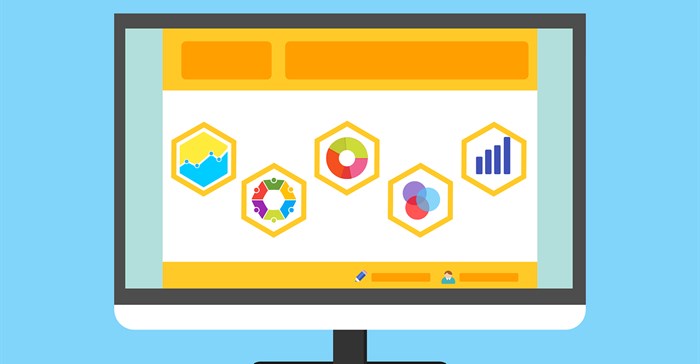Aligning marketers and strategists behind a common language for measurement

So, if strategists and marketing managers speak different languages, what could serve as a lingua franca? There’s a simple, theoretical methodology that may be used to align siloed departments and their suppliers to business goals. Enter the measurement framework. One framework to rule them all.
What is it?
A measurement framework is a methodology and strategic business exercise to provide a standardised marketing measurement capability that is aligned to commercial and marketing objectives, and that enables you, as a business, to make marketing decisions based on data and insights.
To make the measurement framework tangible and accessible, the goal is to visualise the metrics from all marketing — and if required — operational channels. This involves gathering and integrating data from all channels and providing dashboards which are relevant to various operational levels in the business.
Once finalised, the framework should provide a process through which a business can map data against specific channels and then relate these to commercial and marketing objectives. Special focus needs to be placed on all marketing and communication activities across all channels, and how a business measures activity in respective channels.
The purpose of a measurement framework is to provide standard metrics against which a business will be able to understand the value that each of the respective channels delivers against set objectives. To achieve this, a business needs to understand the data available, how it’s created and the measurement that it ultimately enables.
How do we start?
A measurement framework consists of three main components:
- A key performance indicator (KPI) framework: This enables a business to take the day-to-day marketing KPIs and align them across the various departments with the overall business objectives. The KPI framework standardises the way a business defines a KPI in marketing and provides guiding principles on how the business should be setting campaign objectives that support the overall business objective.
- A data and metric framework: This focuses on specifying the exact way one would typically gather, transform and store data that will serve as the backbone for reporting and ultimately visualisation. This will also define the exact way that data points must be used in calculating a KPI.
- A reporting framework: This focuses on how a business ‘surfaces’ the insights and reports to its internal stakeholders. It’s important to define who’ll be using the reports and for what purpose in order to provide the information in the right context. This component of the framework will also look at the tools used to surface the reports and insights.
The taxonomy
Taxonomy – also called “business vocabulary” – for projects, departments and process is essential when referring to KPIs and metrics. A taxonomy allows the business to speak from the same cue cards and understand one another’s objectives, especially when it comes to measurement.
Invariably, a taxonomy is part of the foundation work done before a measurement framework exercise to align the business internally with objectives and KPIs. As this is being defined, a business will find that it begins to develop a better understanding of what qualifies as a metric and the difference between strategic and diagnostic KPIs.
Moving forward
One of the most empowering aspects of adopting a measurement-first approach is getting it off the ground. Thankfully, you don’t need to agonise over where to start. Simply starting is half of the work done. More often than not, organisations will execute a measurement framework within a department that tends to already imbue the notions of measurement already, which is also another great starting point.
Within any cross-channel organisation, the digital marketing department is a logical place to start. Firstly, performance marketing within the digital environment can be singled out as the basis for a measurement framework. Due to the existing emphasis already placed on measurement in this department, it has the ability to provide the basis for the framework as a whole. From there, extending the framework into other areas such as sales, operations and even employee satisfaction can become a reality.
About David Alves
- Aligning marketers and strategists behind a common language for measurement - 9 Oct 2020
- Creatures of habit - 17 Jul 2020
View my profile and articles...

